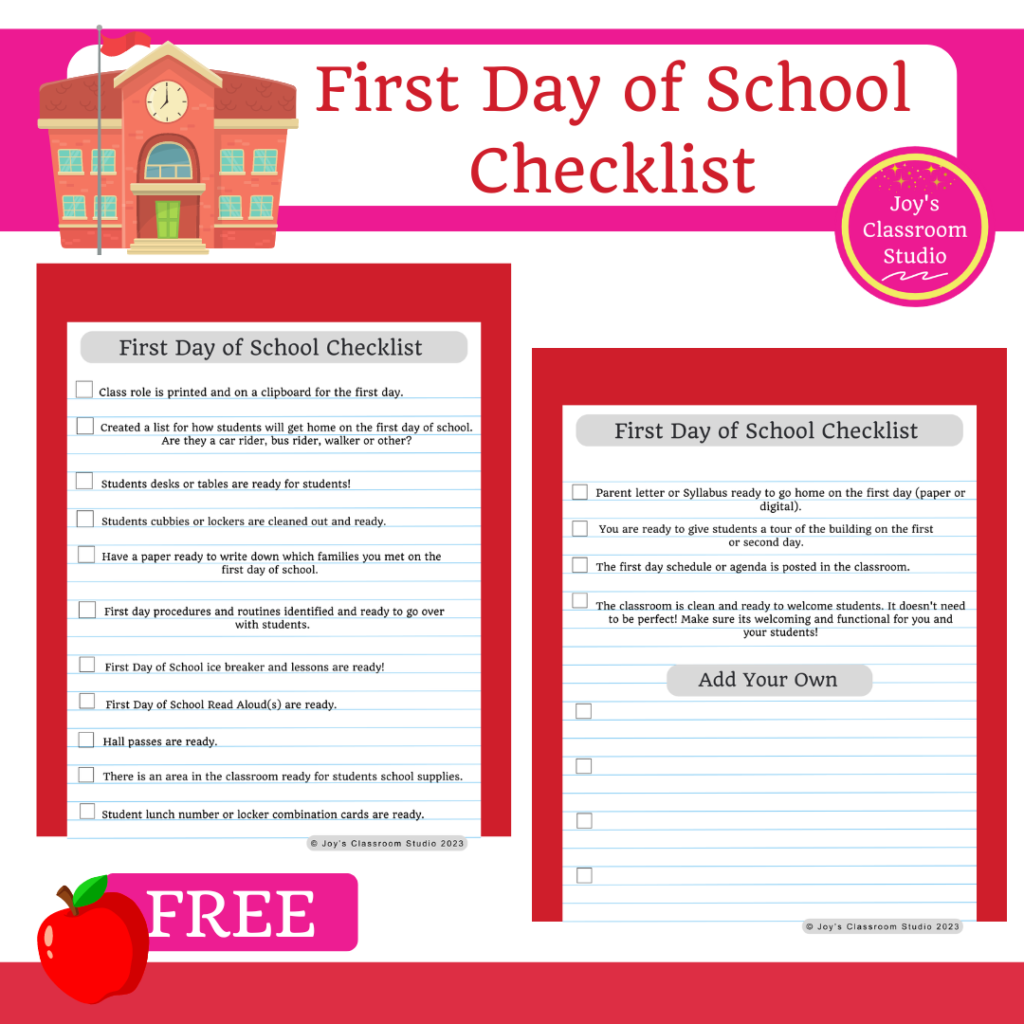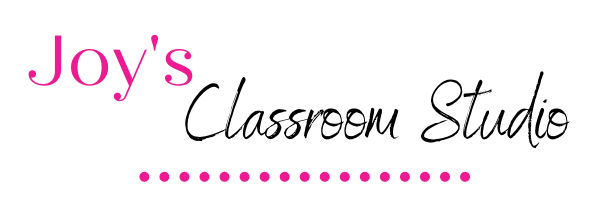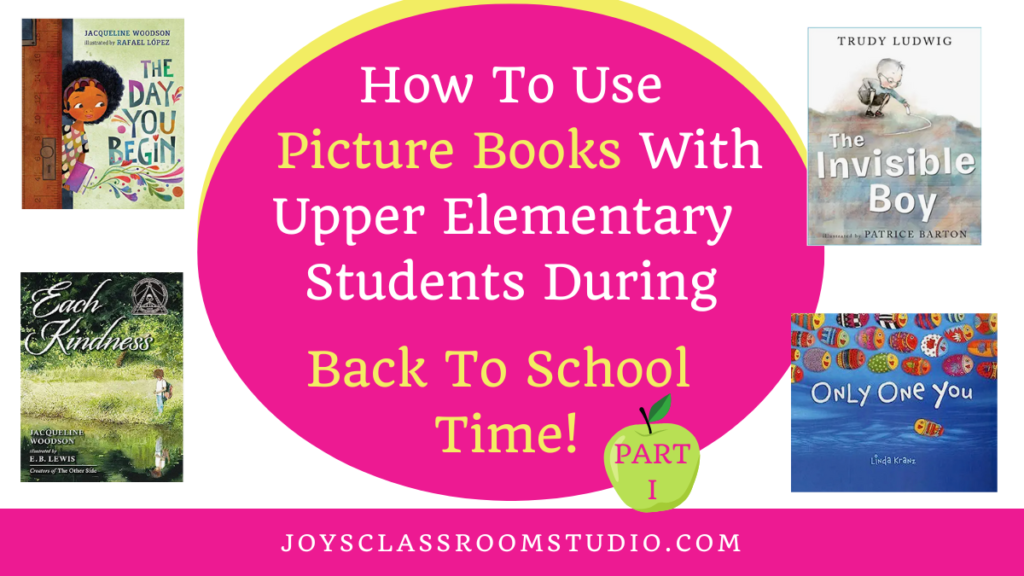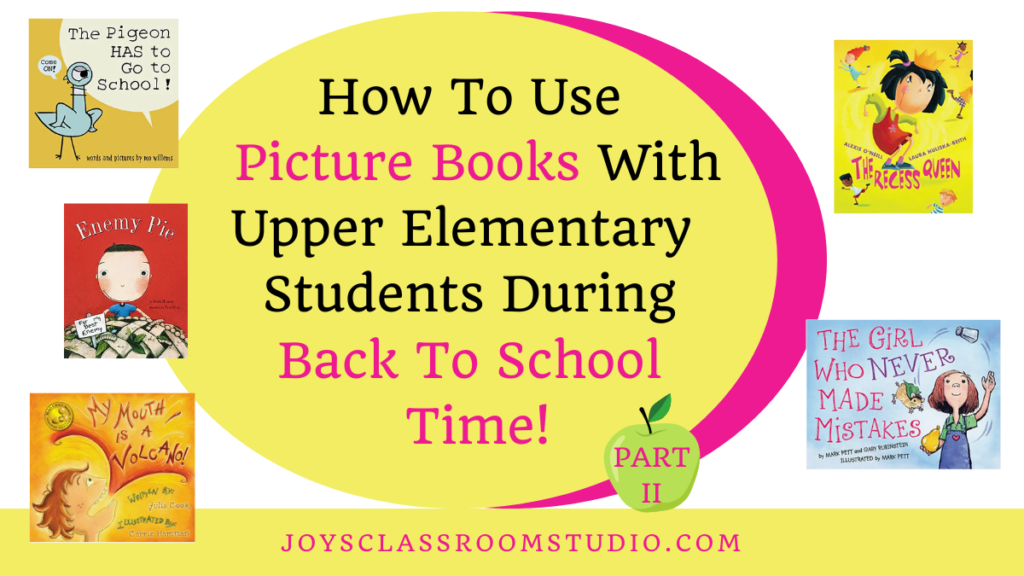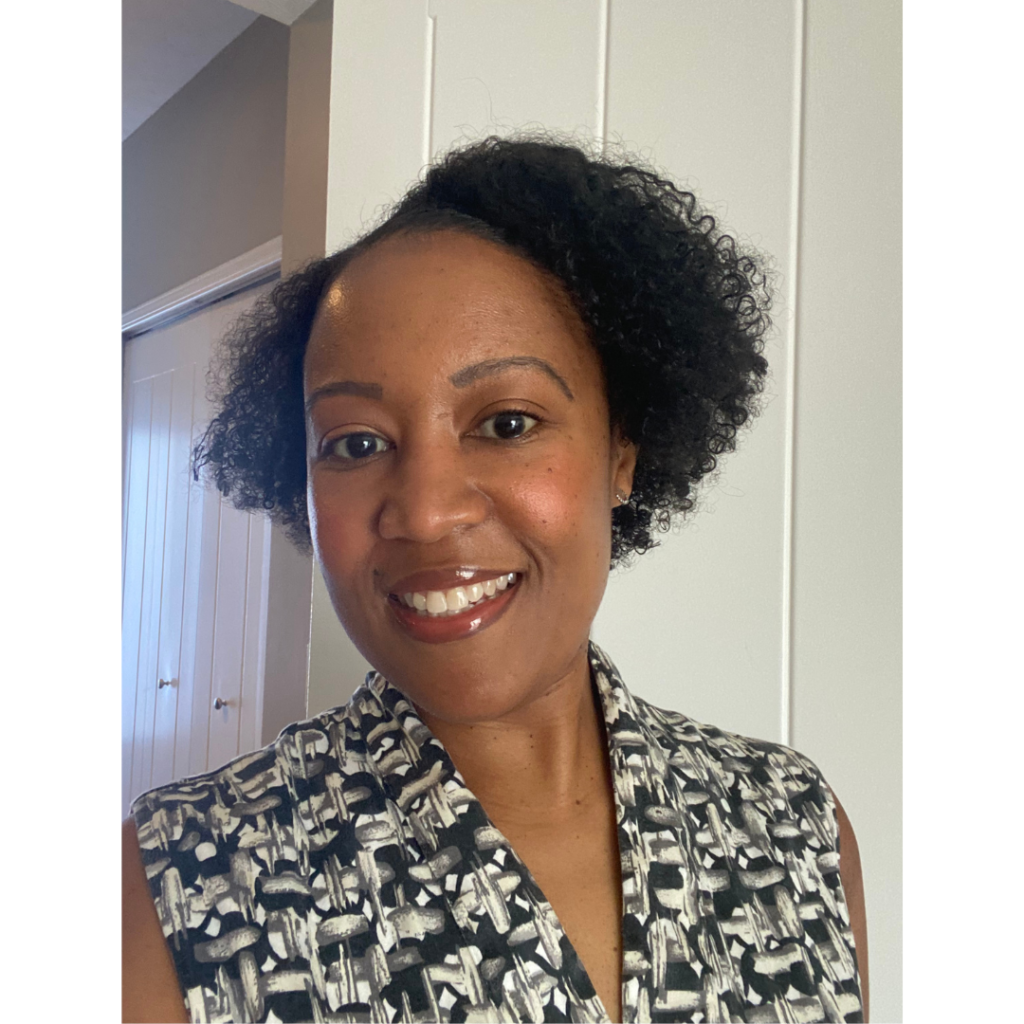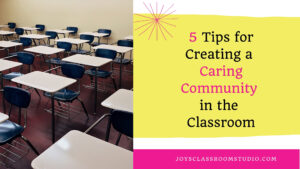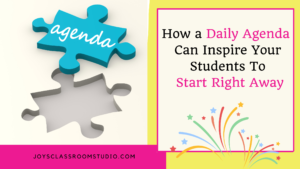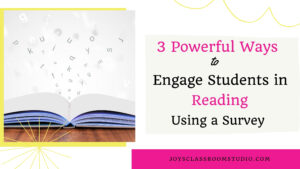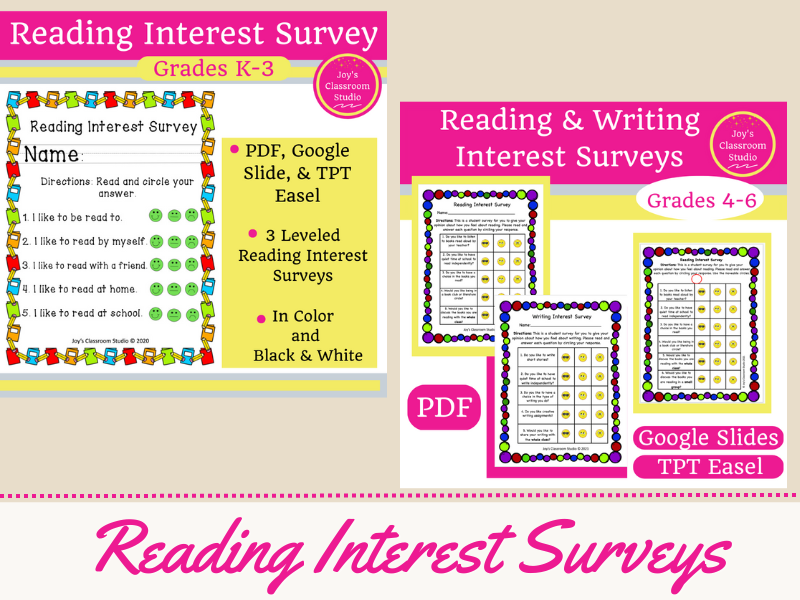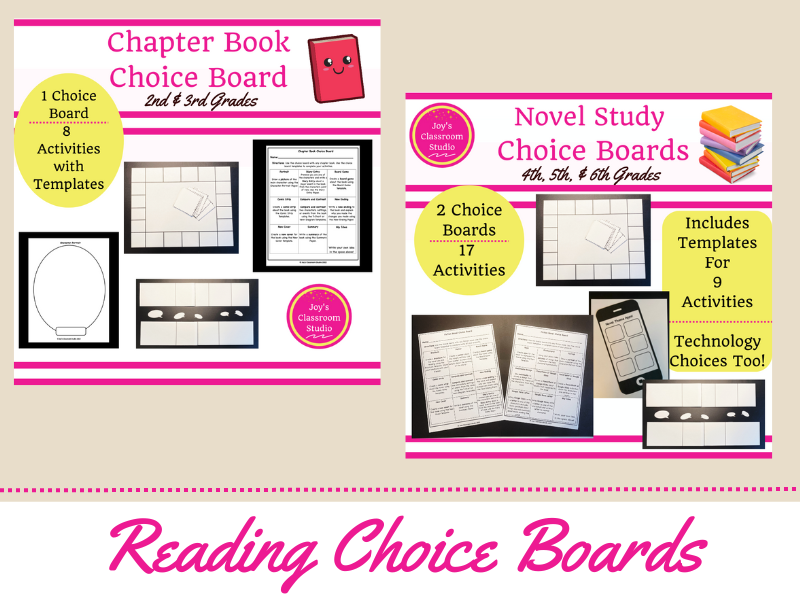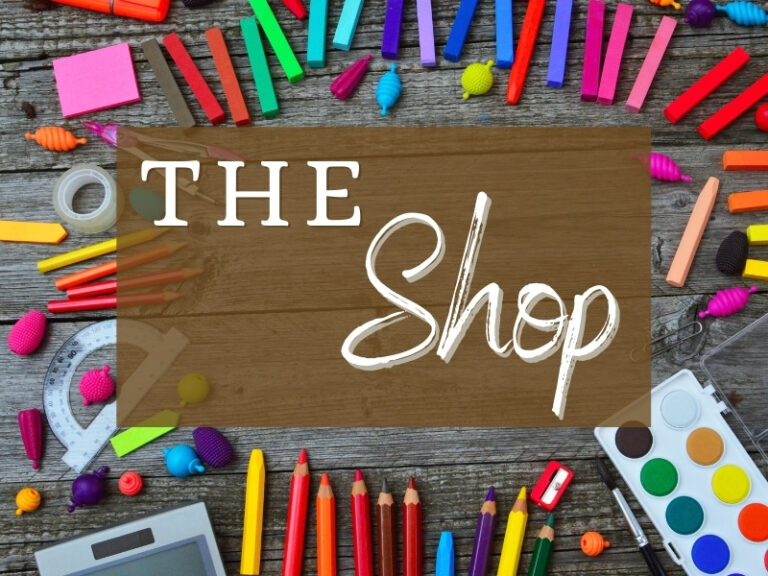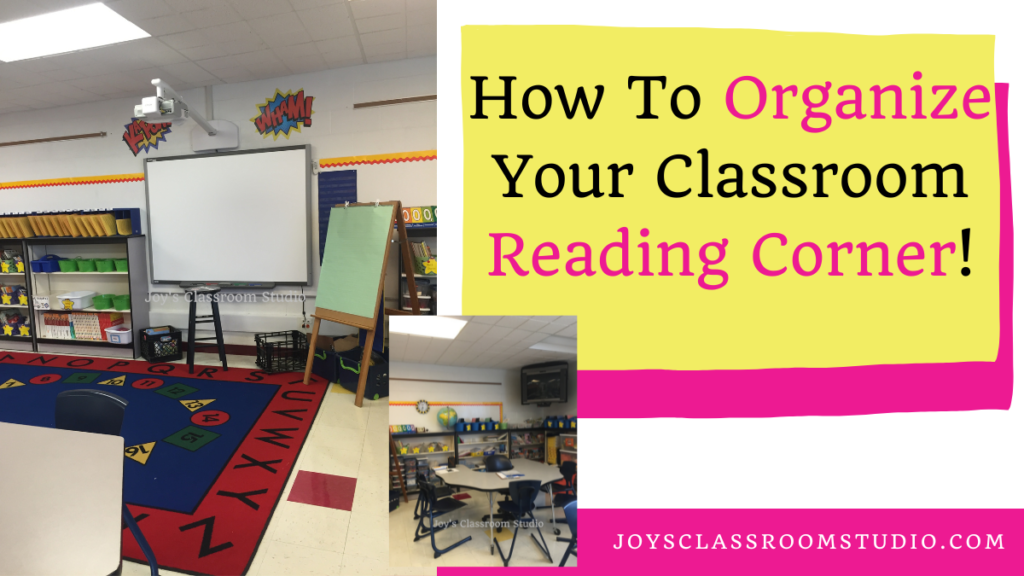
How To Organize Your Classroom Reading Corner!
Introduction
Organizing your classroom reading corner or space is one way to start the new school year off to a great start! Even if it’s not the beginning of the school year, maintaining an organized reading space is a must. No matter if you are an elementary teacher or a 6th grade ELA middle school teacher like I am, teaching reading is probably one of the major subject areas you teach.
Setting up a reading classroom can be fun! Especially with all of the different themes and classroom decor available to teachers. You know yourself and the time you have to get things set up. This will determine how much you can add to your classroom. Whether you are able to set up a reading area that is sure to win a first-place prize. Or if you have just enough time and resources to get things ready. What matters is that you have a clean, organized, welcoming, and functional space for you and your students!
Once set up, it is so important to stay organized in your space and with your materials. This will help you to have a more effective school year and will help you to be a better teacher. If you get organized and stay organized you can easily find the things you need to teach. And as a result, you spend more time teaching and less time searching for what you need!
In this blog post, I will talk about types of reading spaces and how to set up your reading corner for the new school year!
This blog post is based on my free guide: A Guide To Help You Organize Your Classroom Reading Space. In this guide, you will get 3 checklists plus a bonus checklist, to help you set up, maintain, and clean up your reading area throughout the school year! Use the bonus “First Day of School” Checklist to help your first day of school go smoothly! Join my email list below to receive this free guide.
Types Of Reading Spaces
There are many different types of reading spaces. All can be very effective depending on how you organize it. Maybe your whole classroom is your reading space. Or maybe you have half of the classroom, a reading corner, or just a bulletin board and some crates. Either way, make whatever you have the best!
When I taught elementary school, I taught other subject areas so I had a reading corner which was basically half of the classroom. It took up a lot of space because I always had a large classroom rug. This rug was not only used for students to sit on while I read the read-aloud. But I also used it for morning meetings and mini lessons for reading and other subject areas (See Photos Below). Now that I teach middle school my whole classroom is dedicated to reading, writing, and grammar.
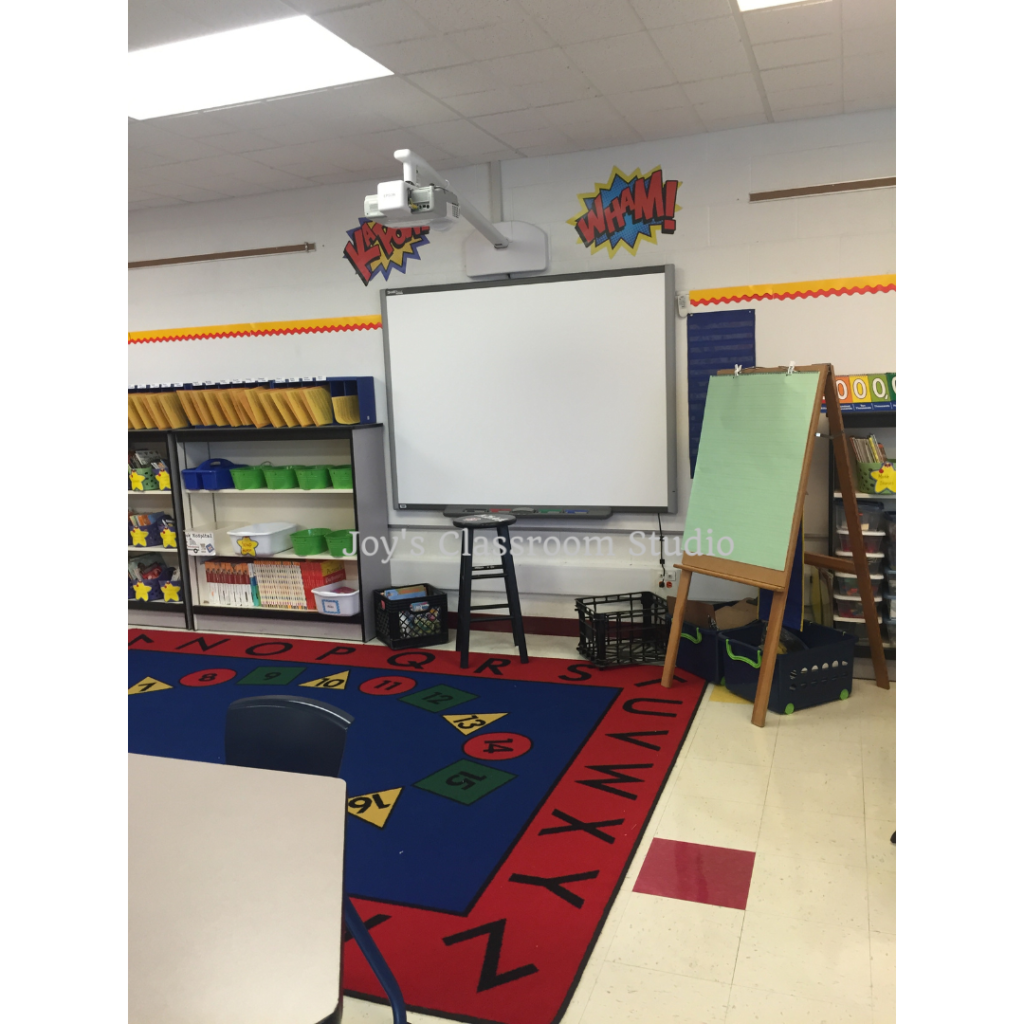
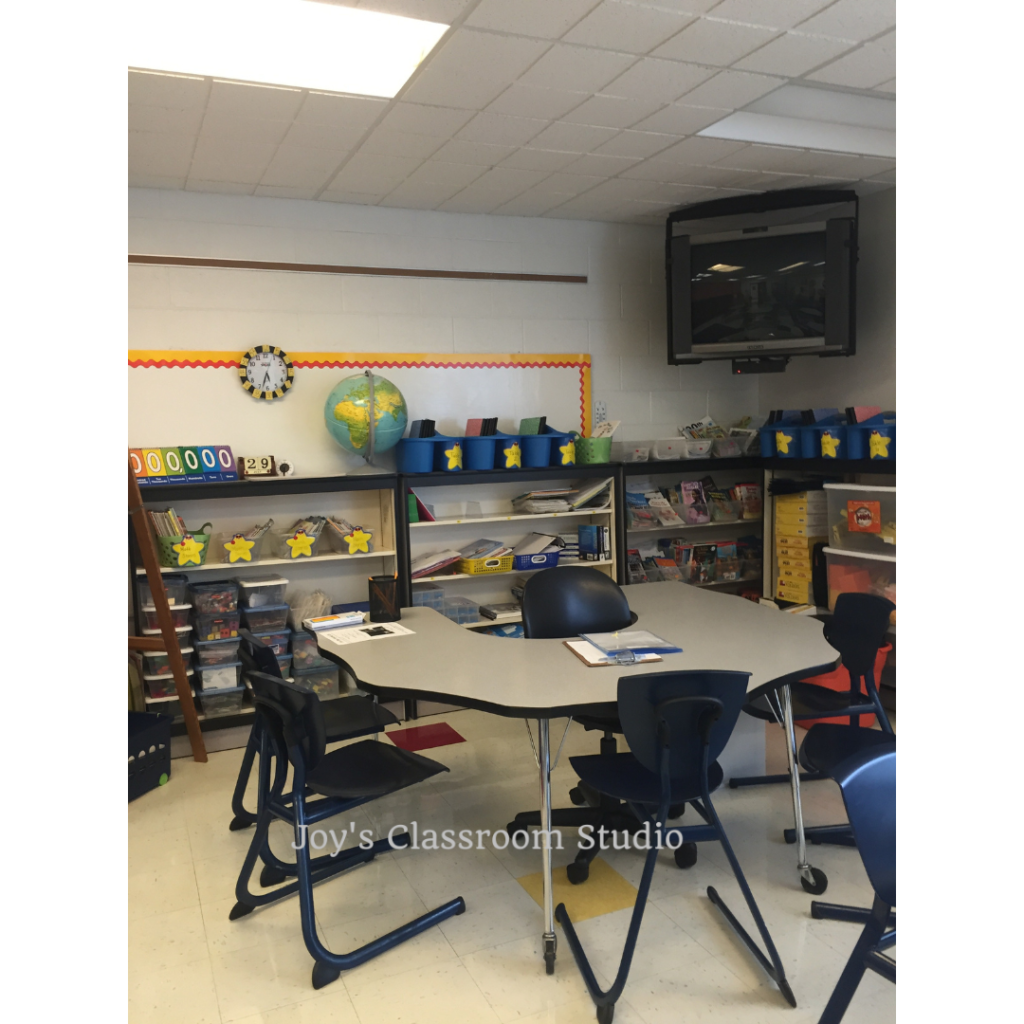
✅ Whole Classroom
If you have a whole classroom, you have plenty of space. It is your job to decide where to put the classroom library, guided reading books, and perhaps textbooks or workbooks used in your district. With this space along with student desks or tables, you could probably have a small group table, student and teacher chairs to go with it, and maybe some flexible seating choices for your students. Maybe you have multiple dry-erase boards or chalkboards in your classroom. If not you can always use a moveable dry-erase easel and keep it near your small group table.
Your bulletin boards can be used for different areas within reading. For example, you could have a word work/ vocabulary board, writing board, reading strategies board, and author study board, the possibilities are endless.
I do not currently have a large rug in my 6th grade classroom. Since my class sizes tend to be over 25 students. Even with a whole classroom solely for reading, I wouldn’t have enough space for a rug that large. However, read-alouds and mini-lessons work just the same when students are sitting at their desks. So if you have no space for a rug, that’s okay you can still get the job done!
✅ Reading Corner
Most teachers have a reading corner. A reading corner is perfect for you to have a classroom library for your students, a reading rug, an easel, and a small group table with student and teacher chairs. You may even have a bulletin board or two where you can highlight vocabulary words, read-alouds, or reading strategies. Depending on the size of your reading corner you may be able to have some flexible sitting available for student use.
✅ Bulletin Boards
Maybe you just have a bulletin board or two that you can have for your reading area. In this case, make sure you use your bulletin boards to the fullest. You could also put bookcases near the bulletin boards or if you have smaller bookcases they can go under the bulletin boards. Your reading classroom library can be housed on this bookcase or bookcases. Use boxes or crates to hold other reading materials like more books, reading centers or stations, or any reading materials you just don’t have space for anywhere else.
Setting Up Your Reading Area

Clean out the space. If this is your new classroom, you will probably need to clean things out. Please make sure you give yourself some time to do so. If you can get a friend or family member to help you do this, that would save a lot of time. If this is your current space and you closed out the end of the year with the beginning of the year in mind. Things will be a little easier when it comes to preparing your reading area for the school year.

Design the layout of your reading area. Decide where key furniture will go. Where are you putting the small group table, student and teacher chair, and other furniture that needs to be in this space? If your whole classroom is your reading space you will still need to work around student desks, tables, and perhaps classroom computers.

Layout posters and charts you will hang up for the beginning of the year. Or maybe you have some posters and charts that you keep up throughout the year. Having posters and charts that work well throughout the school year is a time saver!

Organize and place books in your classroom library. Book containers work well to help books stay organized. Plus it makes it easier for students to choose what they are going to read.

Decide where small group guided reading books will go along with other small group tools you will need. Also, decide where will student textbooks or workbooks go if your district requires them for each student.

Have an area for your teacher’s guides and teaching materials that are easy for you to get to often. Plus make sure this area stays neat, since you will need to use these resources daily.

Take a look around your classroom to see what may still need to be done and finish it. Finish it the best you can depending on the time you have. Remember setting up your reading area doesn’t need to be, and will not be perfect!

In the end, make sure you have a clean well-organized space! One that is welcoming and functional to you and your students!
If you grabbed the guide: A Guide To Help You Organize Your Classroom Reading Space you have a more detailed step-by-step “Setting up Your Reading Area” checklist and you have received my “First Day of School” Checklist, a bonus just in time for back to school!
Conclusion
Setting up your reading classroom can be fun! And it can be challenging especially if you are new to your classroom space.
It may take time to sort through and clean the space. But it is worth getting rid of what you will not use. Take the time at the beginning of the year to organize the space so that it works for you. I have done this countless times in my classrooms. Each time I’ve done so, I’ve been extremely thankful that I took the time to organize and set up my reading area to my liking. And you will be thankful too, once the school year gets rolling.
Being organized helps you save on time and makes your job as a classroom teacher a little easier. The key to setting up your reading area whether you have a whole classroom, a reading corner, or just a bulletin board and some crates, is to make sure in the end you have a clean well-organized space that functions well for you and your students.
